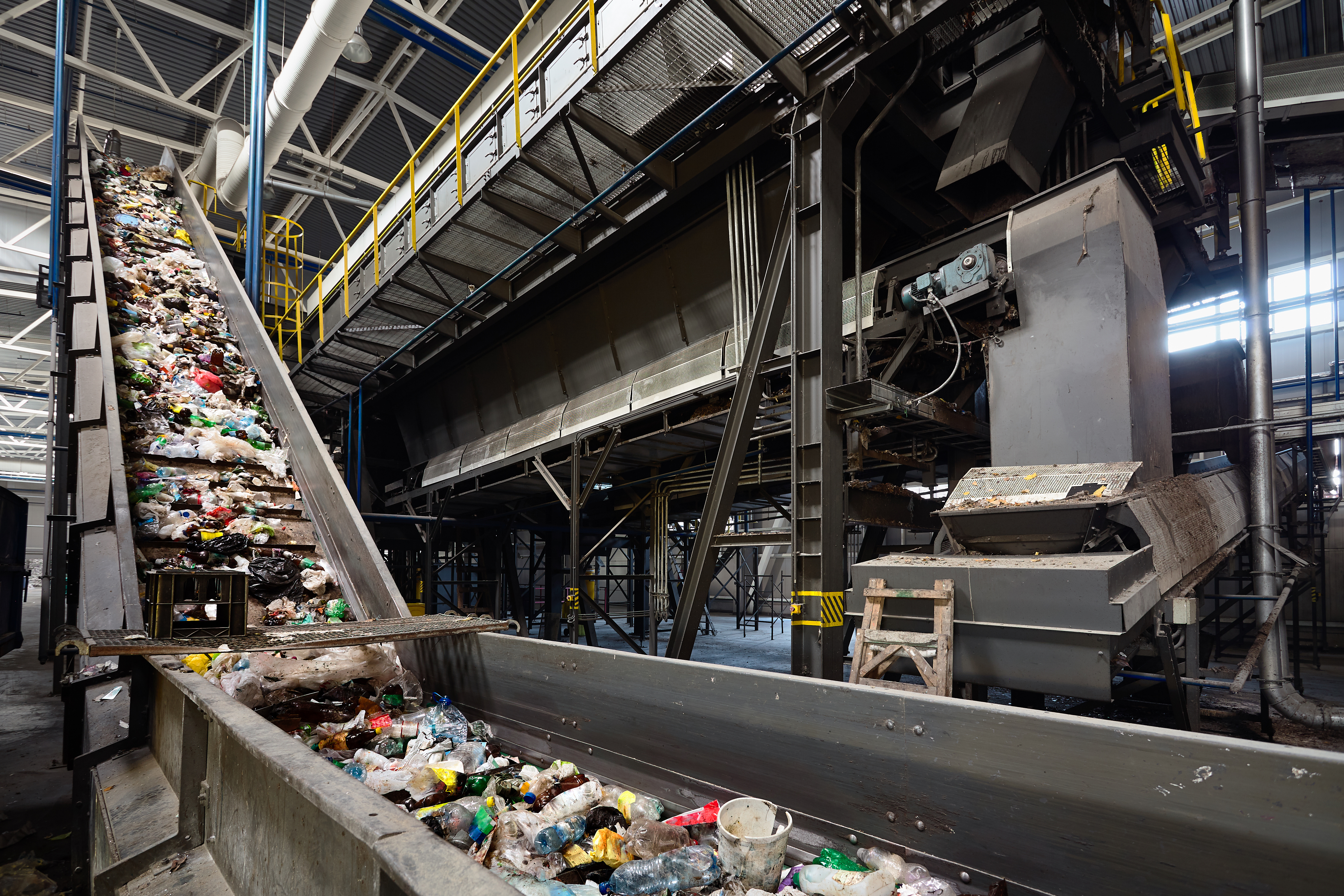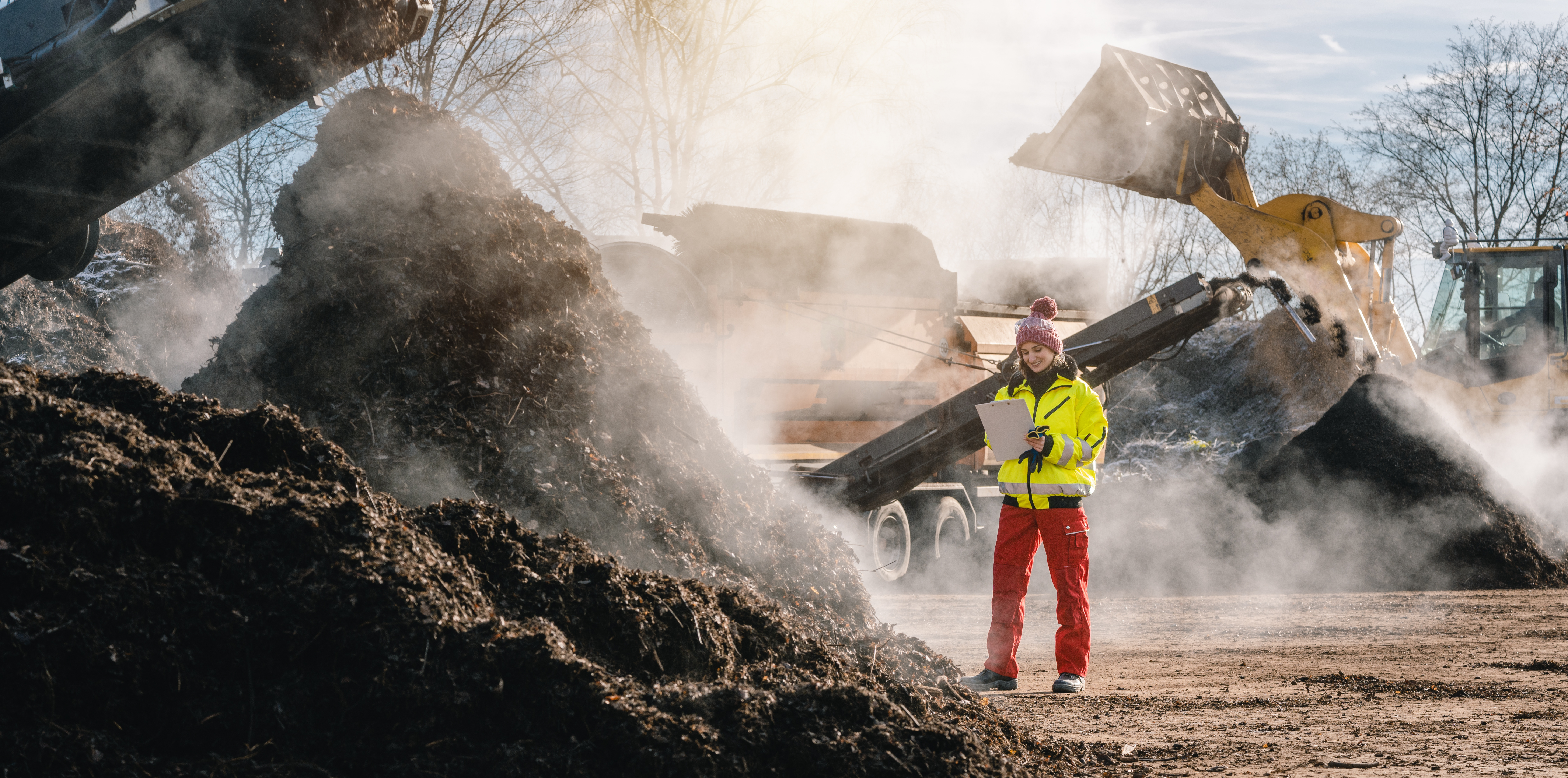
Economía circular de los residuos
En la sustentabilidad de las ciudades nace un nuevo paradigma: la economía circular. Una solución donde los residuos son utilizados como recursos para reingresar al sistema productivo. El compostaje de los restos orgánicos y el tratamiento de los plásticos son dos casos de la circularidad.
Por Ivana Brunet, periodista especializada en sustentabilidad.
Esta nueva visión surge en momentos donde la proyección de los indicadores de la generación de residuos está en aumento. “Los desechos a nivel mundial crecerán un 70 por ciento para 2050” afirmó el informe del Banco Mundial titulado “Los desechos 2.0: Un panorama mundial de la gestión de desechos sólidos hasta 2050”.
El informe prevé que en el curso de los próximos 30 años la generación de desechos a nivel mundial, impulsada por la rápida urbanización y el crecimiento de las poblaciones, aumentará de 2.010 millones de toneladas registradas en el año 2016 a 3.400 millones.
Según el informe, en el año 2016 se generaron en el mundo 242 millones de toneladas de desechos de plástico, que representan el 12 % del total de desechos sólidos.
Los países de ingreso alto, si bien representan el 16 % de la población mundial, generan más de un tercio (34 %) de los desechos del mundo. La región de Asia oriental y el Pacífico genera casi un cuarto (23 %) del total. Asimismo, se espera que para el año 2050 la generación de desechos en las regiones de África al sur del Sahara y Asia meridional se triplique y se duplique, respectivamente.


El Banco Mundial en el informe señala que “contar con sistemas adecuados de gestión de desechos resulta esencial para construir una economía circular, en la que los productos se diseñen y optimicen para ser reutilizados y reciclados. A medida que los Gobiernos nacionales y locales se vuelquen a la economía circular, la incorporación de formas inteligentes y sostenibles de gestionar los desechos ayudará a promover el crecimiento económico eficiente y minimizar el impacto ambiental”.
Según las estimaciones internacionales en América Latina y el Caribe se generan 231 millones de toneladas anuales.
En tanto, se conoce la diferencia significativa entre los centros urbanos y las zonas rurales. La generación anual por habitante en las grandes ciudades es de 0.5 kg por habitante, llegando a entre 1.5 y 1.7 kg por día por persona de residuos sólidos urbanos.

Estrategia de orgánicos
Los residuos orgánicos son el 40% de los desechos de los hogares, por eso su separación, recolección diferenciada y tratamiento es esencial para reducir la cantidad de toneladas que se disponen en el relleno sanitario.
En el mundo existen diversos sistemas para tratarlos desde lo más tecnológicos con reactores y también se promueve el uso de composteras hogareñas y comunitarias.
En estas al cabo de unos meses, se producirá el compost, un abono natural, rico en nutrientes, que se utiliza para rellenar espacios verdes. Permite mejorar la estructura del suelo y favorecer la capacidad de retención de agua. Además, puede utilizarse para reemplazar fertilizantes sintéticos.
Cabe mencionar que, con 2 mil kilos de residuos orgánicos se pueden generar 900 kilos de compost, lo que permite abonar 1.280 m2 de superficie.
En este sentido, la economía circular de los restos orgánicos puede derivar en otros productos realizados a partir de estos sin llegar a la instancia de desechos.
La Fundación Ellen Macartunhur, especialista en el tema, explica que en el planeta “el 98 % de este material acaba en rellenos sanitarios, incineradores o pudriéndose en basureros abiertos, lo que representa una pérdida de valor, una fuente de contaminación y un riesgo para la salud pública mientras tanto, continuamos extrayendo materiales vírgenes para hacer nuevos productos para el consumidor”.
Sobre la bioeconomía circular detallan el caso de la isla mediterránea de Sicilia en Italia, donde por las condiciones climáticas cultivan naranjas y otros cítricos, que empresas locales transforman en alimentos y bebidas.
El procesamiento de la fruta crea muchos miles de toneladas de cáscaras, una pequeña proporción se usa para alimentar al ganado, pero la mayoría termina en vertederos.
Dos estudiantes de diseño sicilianos se preguntaron si se podría crear algo valioso a partir de este abundante recurso. Al observar que un gran porcentaje de la cáscara está compuesta de celulosa comenzaron a experimentar cómo convertir los desechos de cítricos en un hilo textil. El primer cliente fue el diseñador italiano Salvatore Ferragamo, que incorporó la tela asargada Orange Fiber con el 50 por ciento de fibra de celulosa de naranjas y 50 por ciento de seda orgánica.
“En Italia, se generan 700.000 toneladas de coproductos cítricos cada año. A través de la imaginación y la comprensión de la química y la ciencia de los materiales, empresas emprendedoras como Orange Fiber se están dando cuenta de que esos recursos descartados son, de hecho, materia prima para materiales de alta calidad del futuro” afirmó la organización que estudia los casos de economía circular en todo el mundo.
Plásticos
Dentro de los materiales que más se generan en el mundo se encuentra el plástico, por lo cual sus residuos representan el 12 por ciento del total generado. La contaminación por plásticos es una amenaza creciente en todos los ecosistemas, desde donde se origina la contaminación hasta el mar.
“Los plásticos son especialmente problemáticos. Si no se recolectan y gestionan adecuadamente, contaminarán y afectarán los cursos de aguas y los ecosistemas durante cientos o miles de años” explica el informe del Banco Mundial.
En este sentido Verónica García, especialista Ecosistemas Marinos y Pesca Sustentable de Fundación Vida Silvestre, enfatizó que “los residuos plásticos, sean macro o microplásticos, ya forman parte de todos los ambientes naturales y del alimento de muchas especies, incluidos los seres humanos. La disminución de la producción de embalajes y plásticos de un solo uso, la compra consciente, la disposición correcta de los residuos, y un sistema eficaz de disposición final y recuperación todavía están pendientes”.
En este contexto los Censos de Basura Costera Marina registran la situación en las playas, mediante la identificación del tipo y cantidad de residuos que afectan las costas, para buscar soluciones colectivas de alcance local y nacional.
Estas acciones tienen como objetivo conocer cuál es la composición de la basura marina para identificar cómo podemos mejorar nuestros hábitos de consumo, evaluar las realidades particulares y establecer qué tipo de regulaciones son necesarias, con la finalidad de frenar y revertir la contaminación por plástico.
Según este censo, realizado en el año 2021, los tipos de contaminantes plásticos que más se encontraron fueron: colillas de cigarrillo (19,6%), fragmentos plásticos (18,7%), envoltorios plásticos (13,2%), bolsas plásticas (10%) y restos de nylon (8,1%).
Frente a esta situación de la composición de los residuos se crean respuestas de tratamiento y reciclaje de los plásticos, una de estas son las conocidas como “botellas de amor”. Son envases donde se introducen plásticos de un solo uso limpios y secos, luego de darles un tratamiento se transforman en madera plástica, que se utiliza para la construir bancos, mesas, composteras, juegos infantiles y cestos, entre otros productos.
La madera plástica tiene múltiples usos porque es un material más resistente a la corrosión, a la humedad, al cambio climático, a las plagas y más duradero que la madera tradicional. Además, no se astilla y no requiere mayor mantenimiento.




